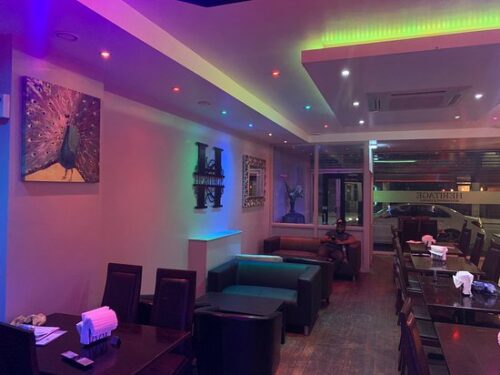By Samantha Jones-
”Anyone who operates in that depth of the ocean, whether it is human-rated submersibles or robotic submersibles, knows the risks of operating under such pressure and that at any given moment, on any mission, with any vessel, you run the risk of this kind of implosion”.
This was the response of Guillermo Sohnlein, (pitured)a co-founder of OceanGate Expeditions, when asked about the implosion.
Those at the highest level of Oceangate Expeditions negligently ignored important safety warning, sadly costing the lives of the five who perished at sea.
Billionaire, Harding Hamish, would have been aware of the risks too.
Despite the known tragedy that has now occurred, and the accompanying criticisms against the company, it’s co-founder remains defiant in the face of evidence to the contrary.
“If I had the opportunity to go right now, I’d be in that sub myself,” Guillermo Söhnlein told BBC News during an interview Thursday.
Söhnlein co-founded OceanGate in 2009 with Stockton Rush, the company’s CEO who died with four others in the sub when officials say it imploded in the north Atlantic Ocean about 1,600 feet from the wreckage of the Titanic. Söhnlein stopped working at the company in 2013, but is a minority equity owner.
His defiance expresses no regret for failing to heed good advice, despite the tragic loss of life of a 19 year old university student who was terrified of the adventure, but reluctantly joined the crew as a father’s day gift.
.The catastrophic incident that claimed the lives of the five on board is a typical example of negligence at the highest level, as bosses of a multi -million pound company ignored safery warnings.
In a letter by the committee expressed had expressed unanimous concern about the development of Titan, claiming it had not undergone a standard risk assessment by Det Norske Veritas (DNV), an international maritime classification body.
The committee emphasised the importance of third-party validation to ensure the safety of submersible occupants.
But OceanGate, potentially drunk with money and power, prioritised its goal was to pursue innovative design and operation outside of the established system.
The industry was self regulated and not subjected to the oversight of any country, spelling an inevitable danger that was sure to strike one day. That day was last Thursday.
The US Coast Guard has said the debris found by search crews in the Atlantic was parts of the submarine on the deadly expedition and the remainders serve as proof that the hull suffered a catastrophic implosion.
Several theories has been provided explaining why the tragedy happened which led to a catastrophic implosion.
Former Royal Navy submarine captain Ryan Ramsey commented on the possible reasons for the implosion of the Titan submersible during its descent to the Titanic wreckage.
He said that the implosion of the Titan submersible may have been caused when the hatch, secured by 17 bolts, experienced a failure, leading to the collapse of the hull under the immense pressure at that depth.
He stated: “The hatch with the 17 bolts they used to seal them in [might have] had a failure, which has then caused the hull to collapse at pressure because there is a huge amount of pressure, even halfway down.”
Chairman of the US-based Manned Underwater Vehicles Committee, William Kohnen, said the implosion of the Titan submersible was likely caused by “instability”
The catastrophic incident that claimed the lives of the five on board is a typical example of negligence at the highest level, as bosses of a muti million pound company ognored safery warnings.
In a letter, the committee expressed “unanimous concern” about the development of Titan, claiming it had not undergone a standard risk assessment by Det Norske Veritas (DNV), an international maritime classification body.
The committee emphasised the importance of third-party validation to ensure the safety of submersible occupants.
However, OceanGate defended its decision, stating that its goal was to pursue innovative design and operation outside of the established system.
Because the Titan operated in international waters, it was not subject to regulation by any country, including a US law requiring passenger submersibles to be registered with the Coast Guard.
This lack of regulation raised questions about safety and the accountability of OceanGate.
The Titan was not solely a research vessel; it was designed to be a commercial vehicle to facilitate profitable Titanic expeditions for OceanGate.




